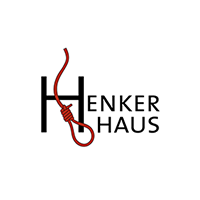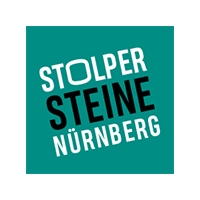| Location of stone: Käte-Strobel-Strasse 12 (formerly Badstrasse 12) | District: Marienvorstadt |
| Sponsor: Daniel F. Ulrich | Laying of stone: 20 September 2010 |
Biographies
On 20 September 2010 Gunter Demnig laid two stumbling stones for Emanuel and Liddi Gutmann. He was murdered in Riga, Liddi in Hartheim near Linz. The couple lived at Badstrasse 12 in Nuremberg. Today the street is called Käte-Strobel-Strasse. Today, a bus station occupies the site where the house once stood. The stumbling stones are located at one of the bus stops.
Emanuel Gutmann was born on 2 May 1885 in Autenhausen in the administrative district of Coburg, the son of Pfeifer and Eva Gutmann (née Lindenstein). His father was chairman of the Jewish community there. At the end of the 19th century, the area had approximately 350 residents, including about 60 Jews. The cultural community maintained a synagogue and a school.
In 1923 there were still two Jewish families in Autenhausen, including the Gutmann family. In the night of 3/4 November 1923, a pogrom took place there: about 20 National Socialists broke into the Jewish homes, physically abused the occupants and destroyed or stole their property. Consequently, all the Jews left the village and moved to the city of Coburg.
In February 1929 Emanuel Gutmann and his wife Marie Lydia (née Kleinert) moved from Coburg to Nuremberg. They had married on 10 December 1912 in Eisenach. Lydia, called Liddi, was born on 27 May 1893 in Zella-Mehlis. Her parents were Lutheran.
In January 1936 Liddi was admitted to the pyschiatric hospital in Erlangen, suffering from a mental illness. She was discharged in May but brought back to the hospital at the end of July 1936. According to the hospital files, she was initially a patient there of her own free will. On 1 October 1936 however, a court order was issued, forcing her to remain in the hospital. Within the framework of “Action T4” – during the course of which more than 70,000 disabled people throughout the German Reich were murdered – she was transferred to the killing centre at Hartheim near Linz on 23 April 1941 and gassed.
Emanuel Gutmann was among the 1,008 Jewish citizens from Franconia (512 came from Nuremberg) who were deported to the Jungfernhof camp near Riga on 29 November 1941. This was the first of eight deportation trains from Nuremberg to areas in the East. Of the 512 Jews deported, 496 were murdered, including Emanuel Gutmann.
- Nuremberg City Archives, C 21/X No. 3 registration cards.
- Nuremberg City Archives (ed.), Gedenkbuch für die Nürnberger Opfer der Schoa (Quellen zur Geschichte und Kultur der Stadt Nürnberg, vol. 29), Nuremberg 1998, p. 111.
- www.alemannia-judaica.de/autenhausen_synagoge.htm [accessed on 24 June 2021]
- Alfred Gottwaldt/Diana Schulle: Die „Judendeportationen“ aus dem Deutschen Reich von 1941-1945. Eine kommentierte Chronologie, Wiesbaden 2005, p. 122.

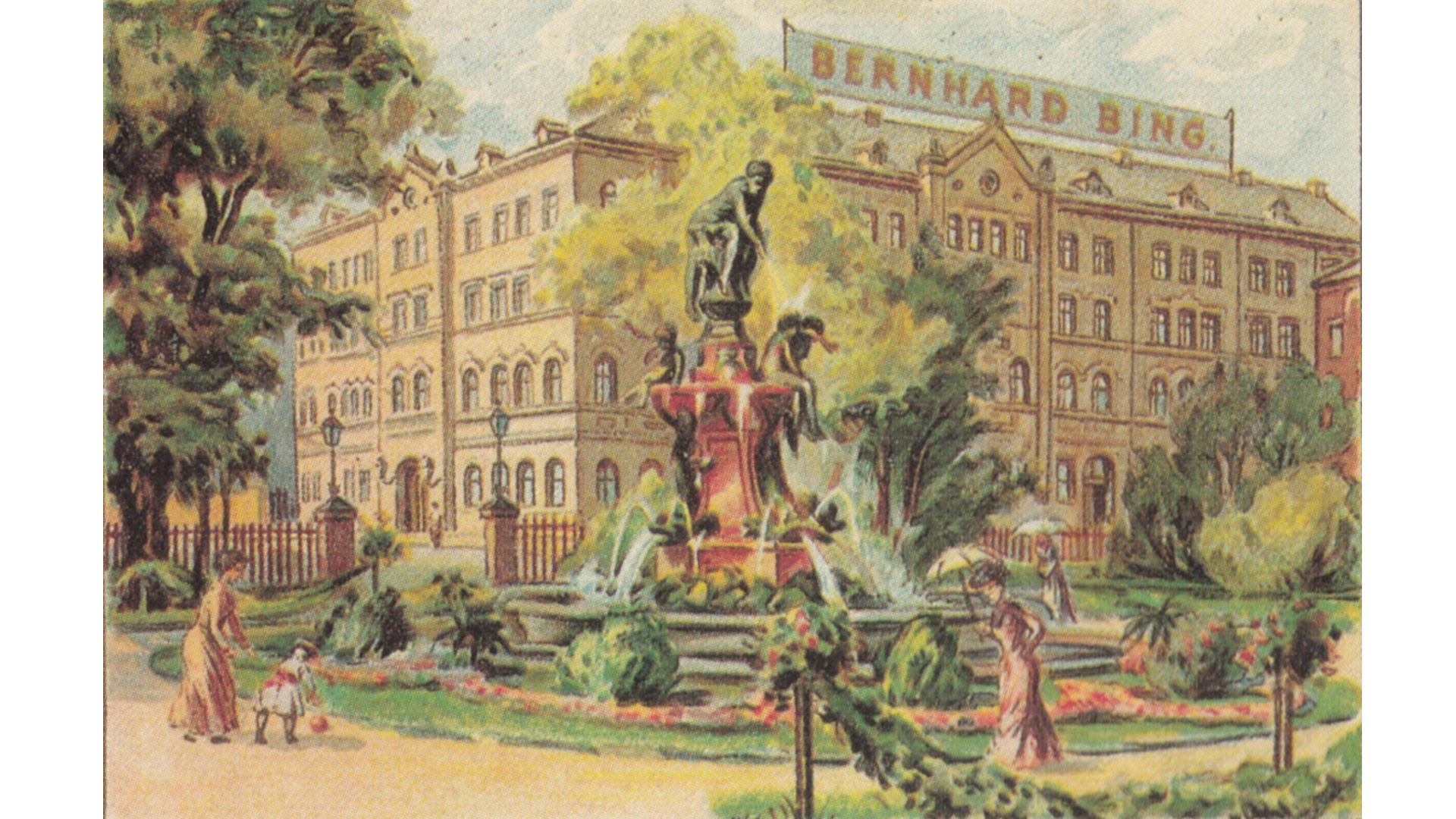
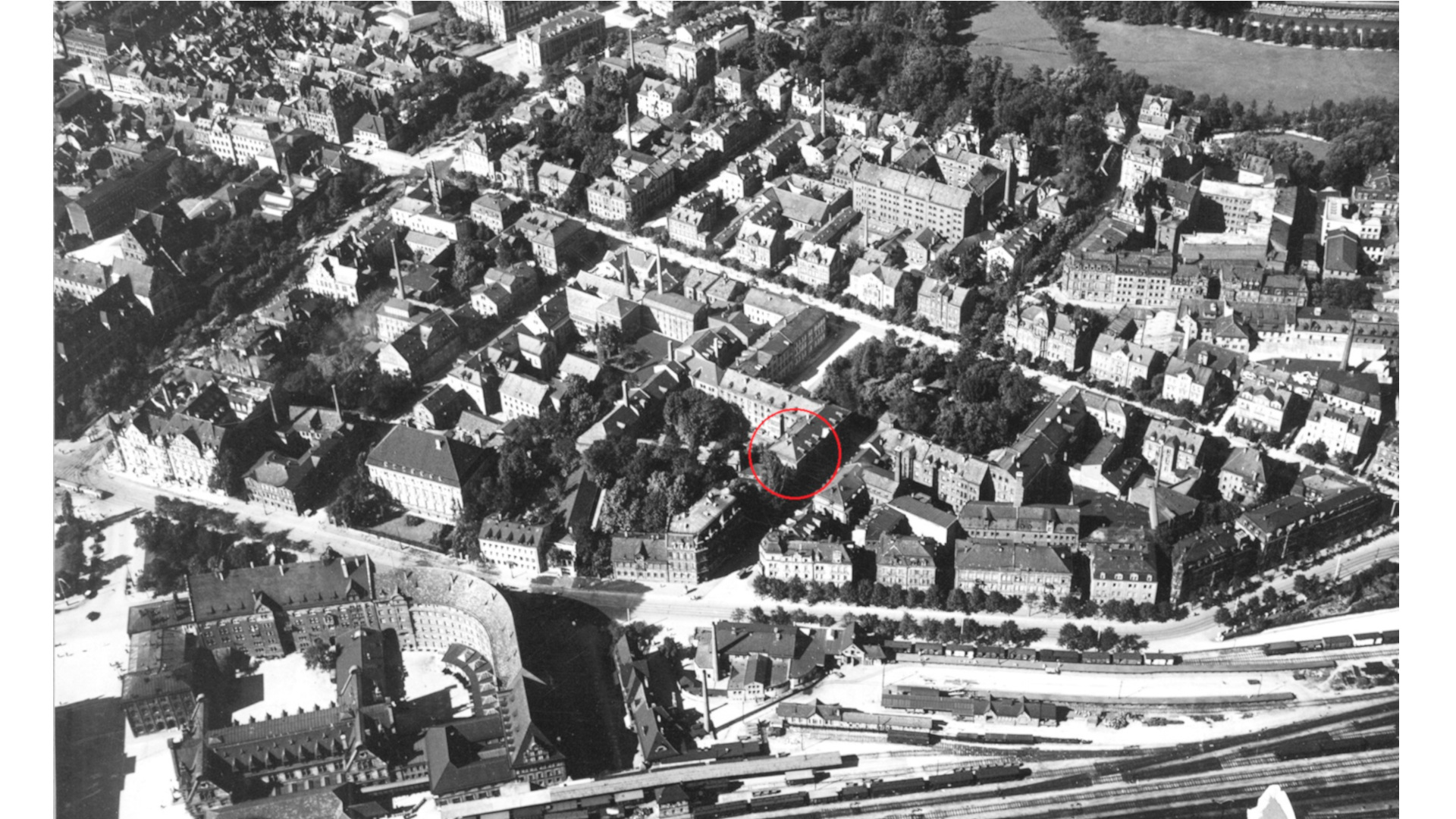
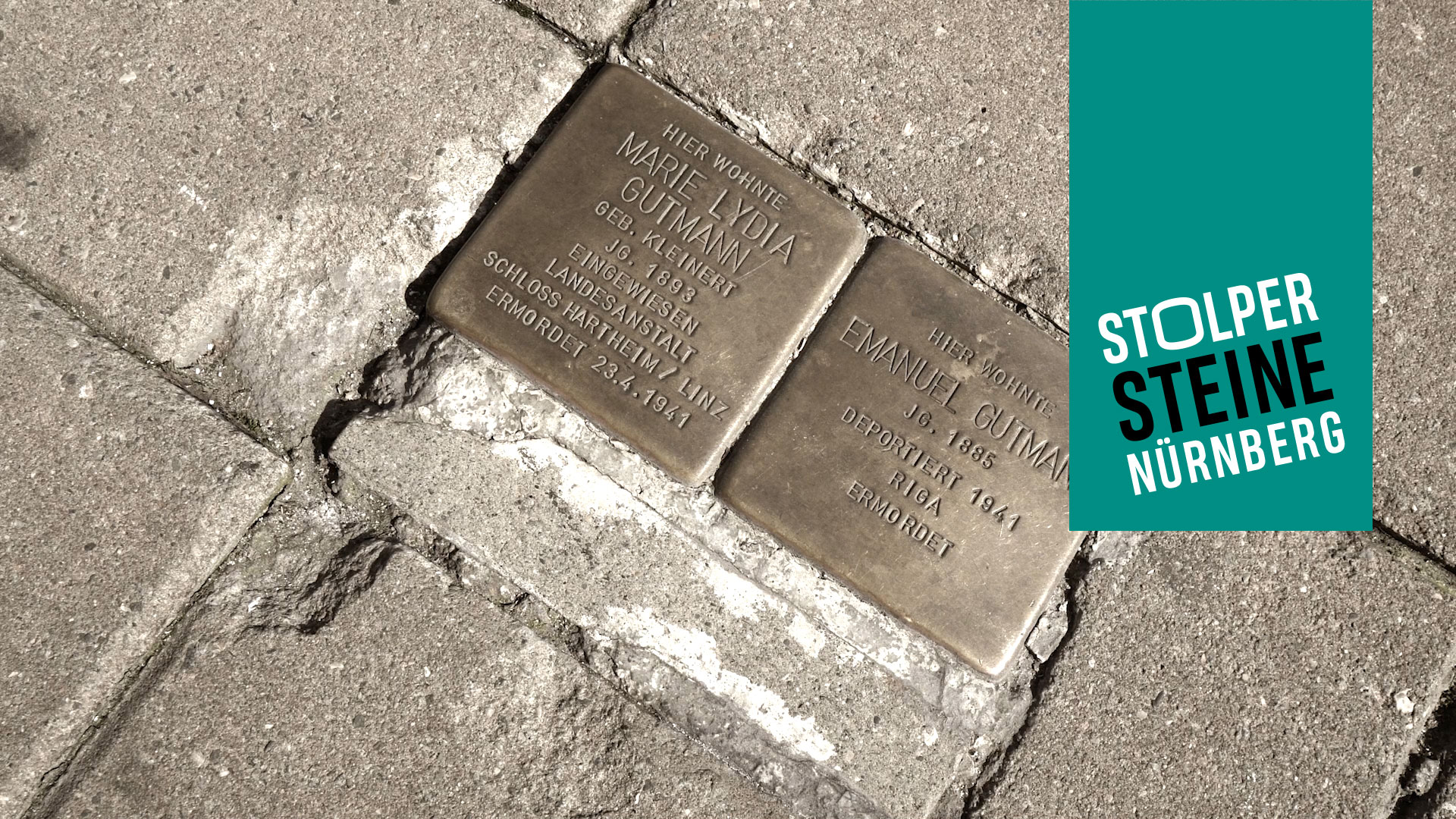
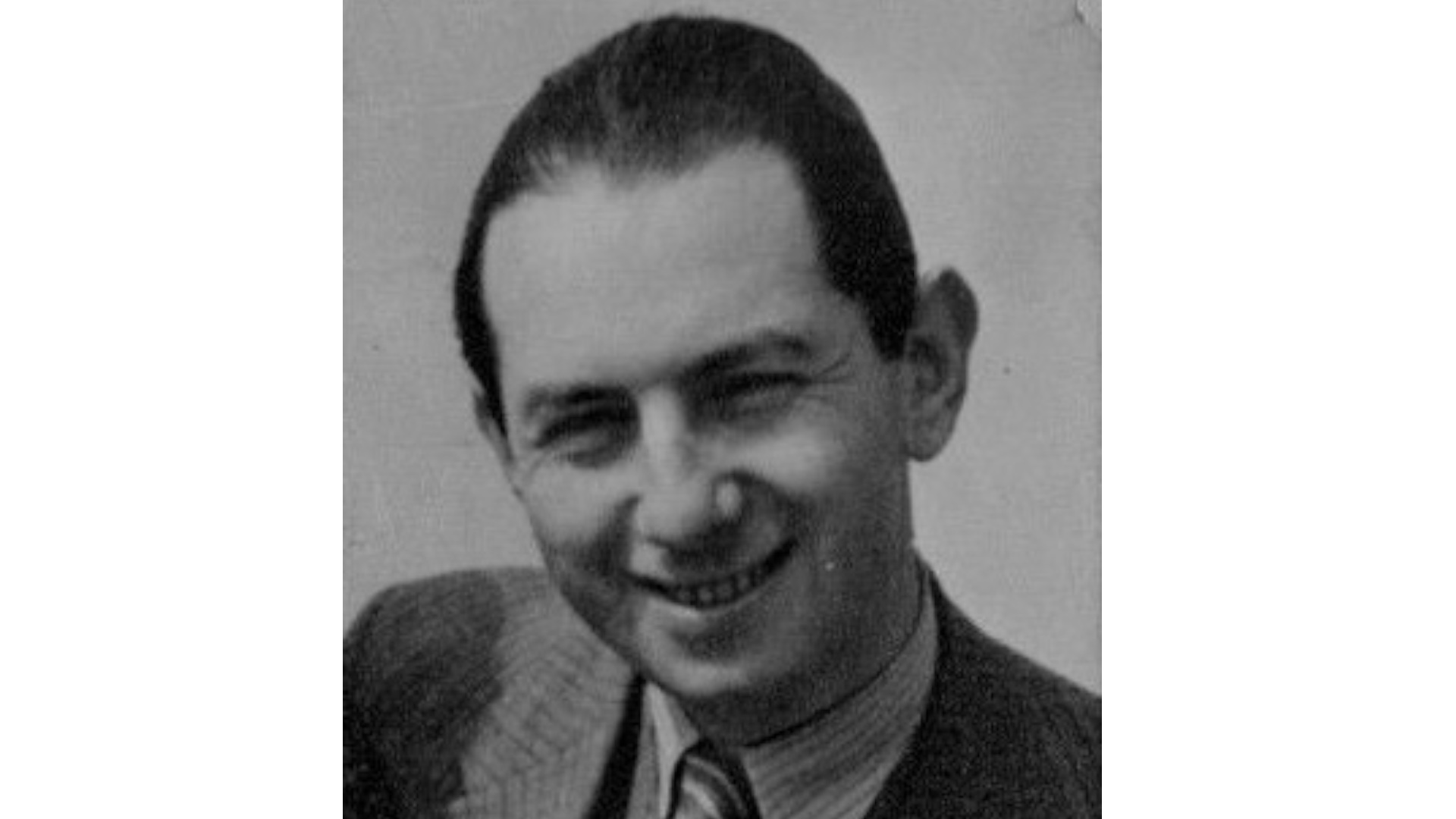
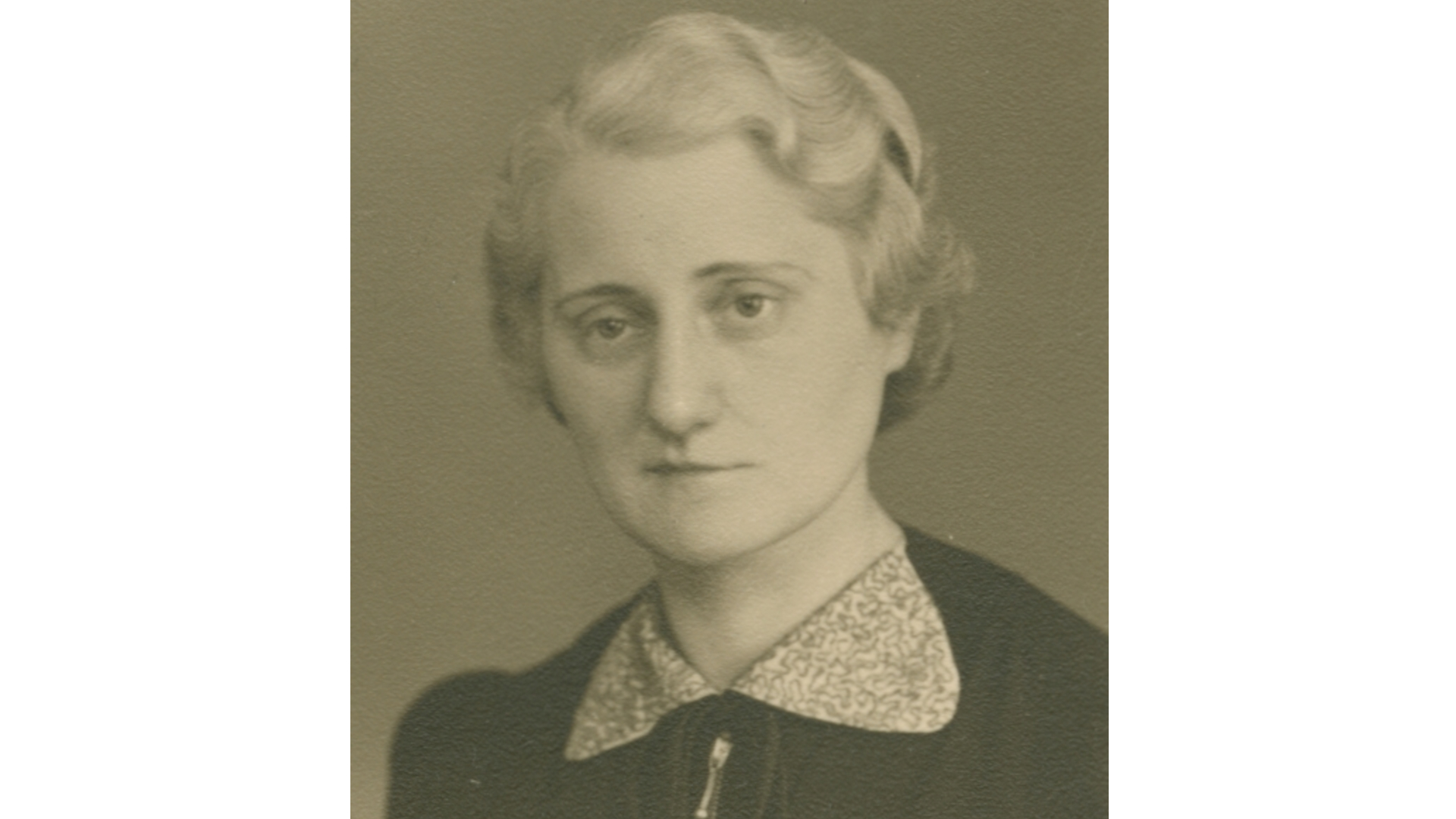

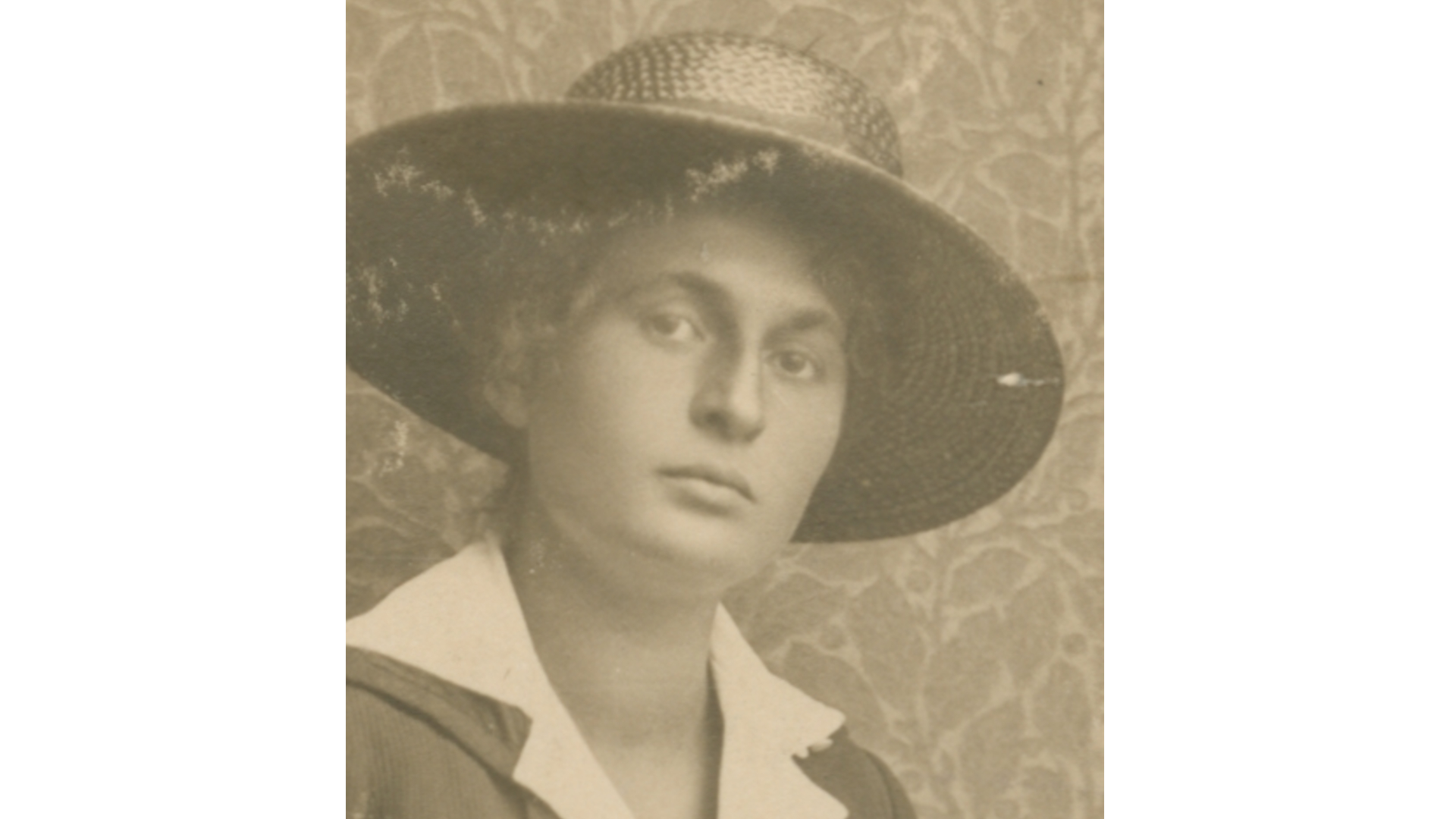
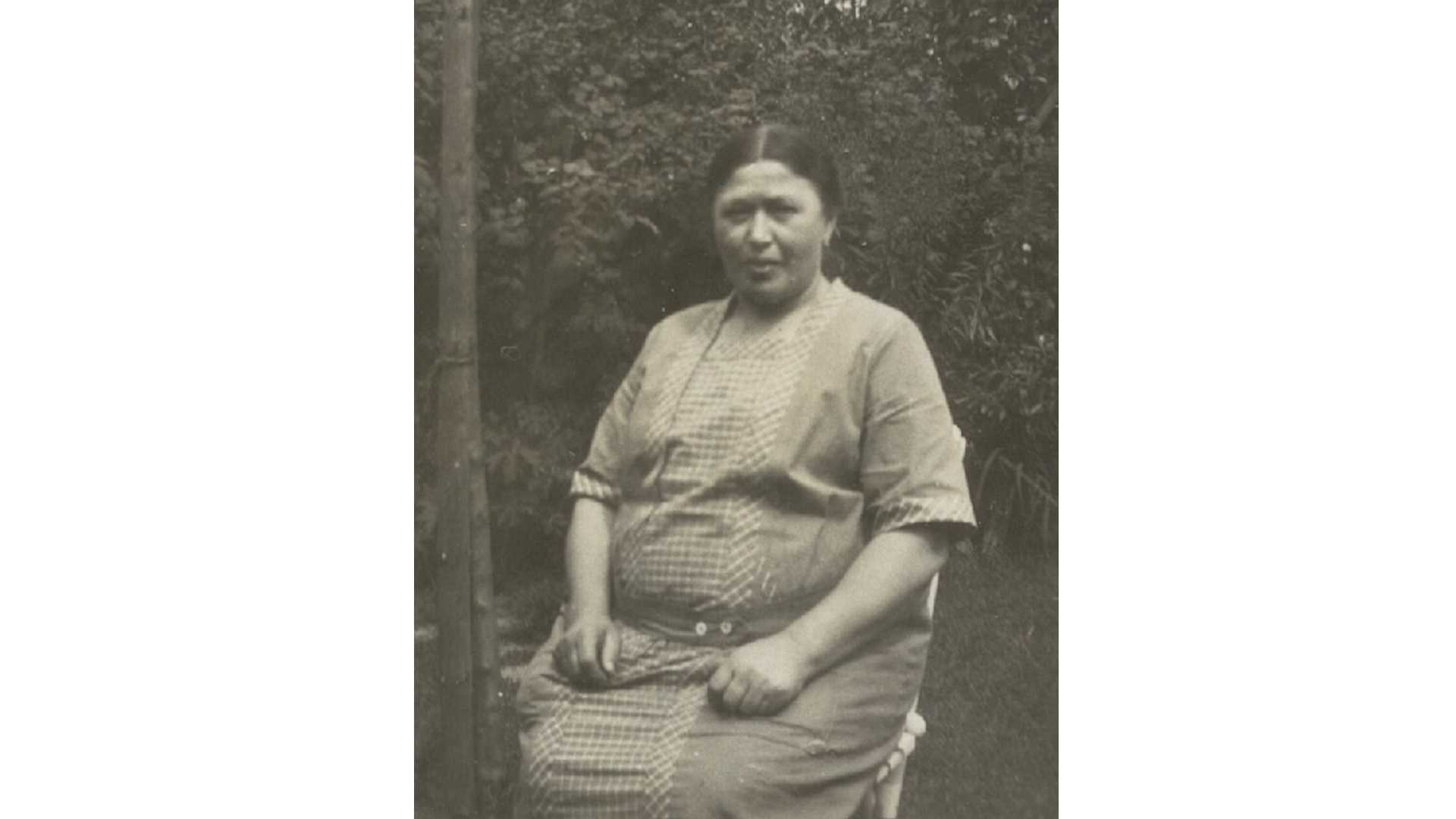
![[Translate to English:] [Translate to English:]](/fileadmin/Stolpersteine/Portraits/Adler_Nathan.jpg)
![[Translate to English:] [Translate to English:]](/fileadmin/Stolpersteine/Portraits/Weinschenk_Ehepaar.jpg)
